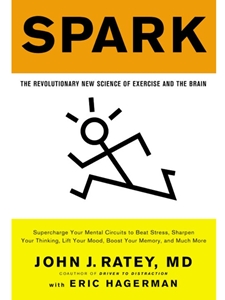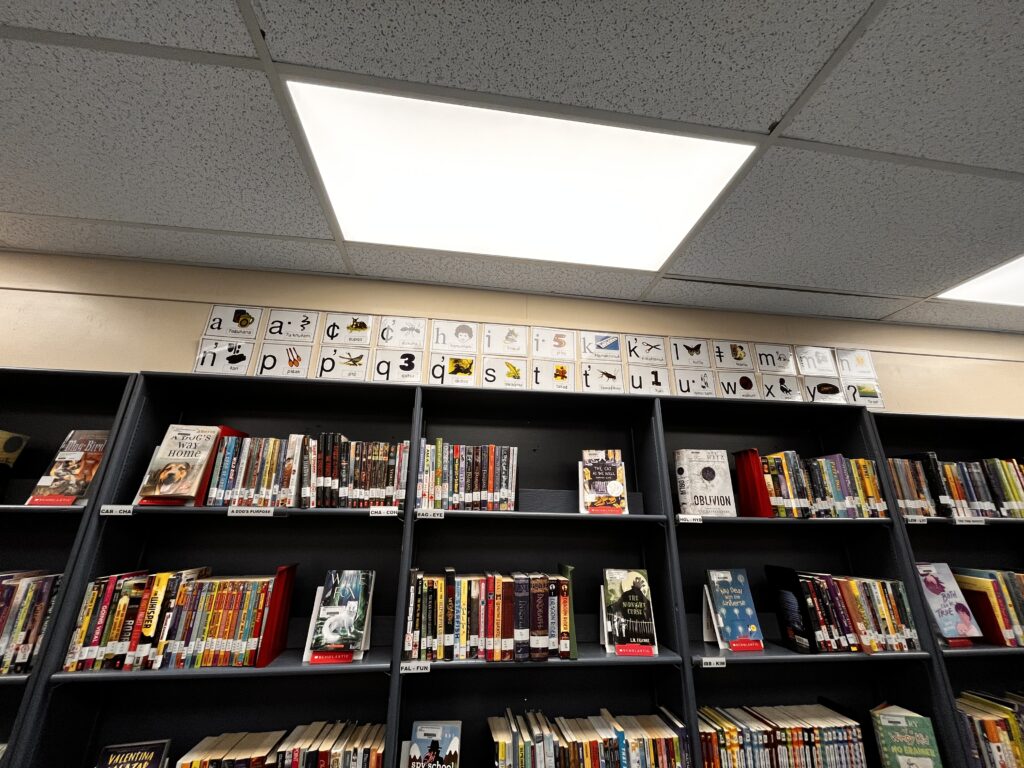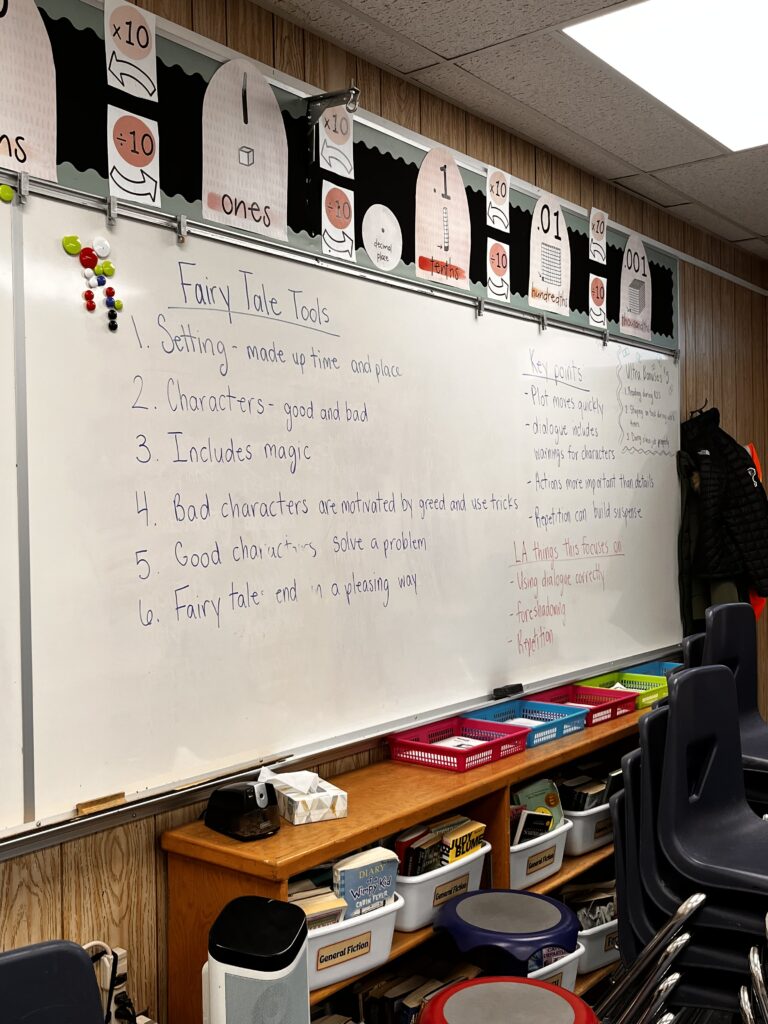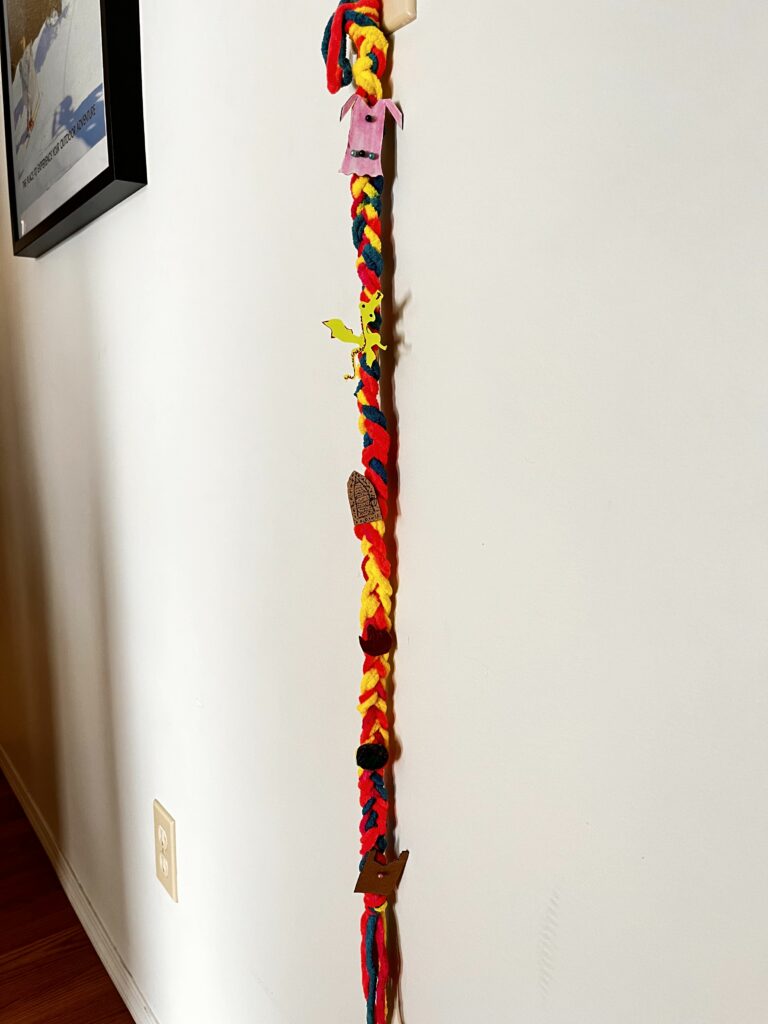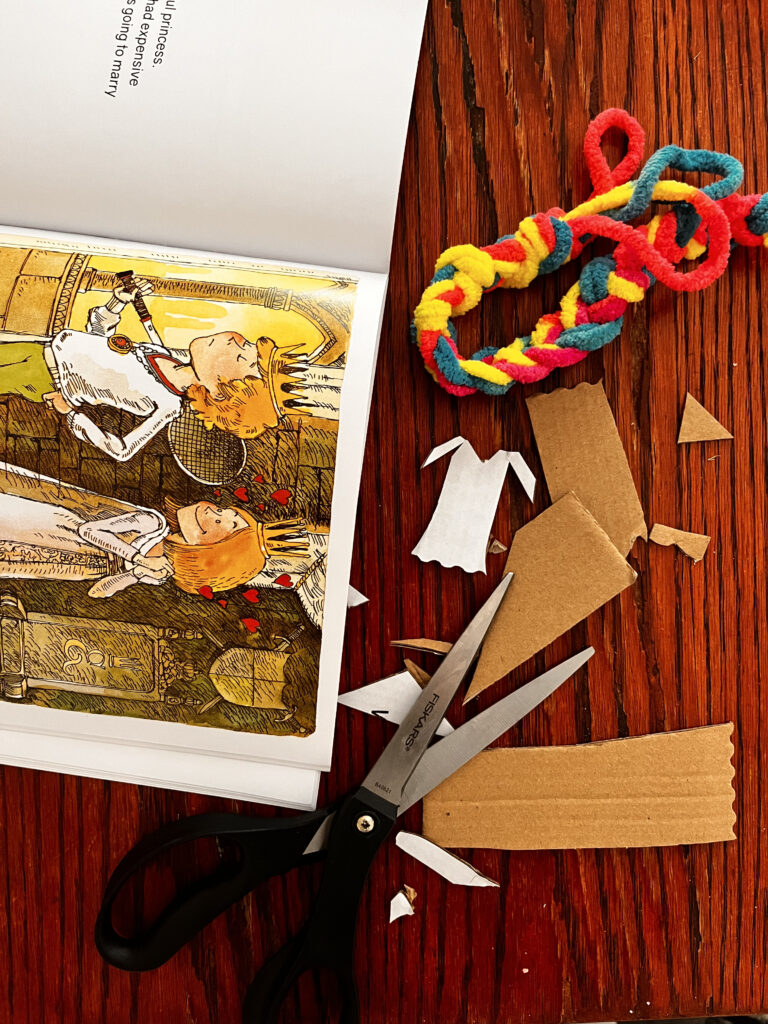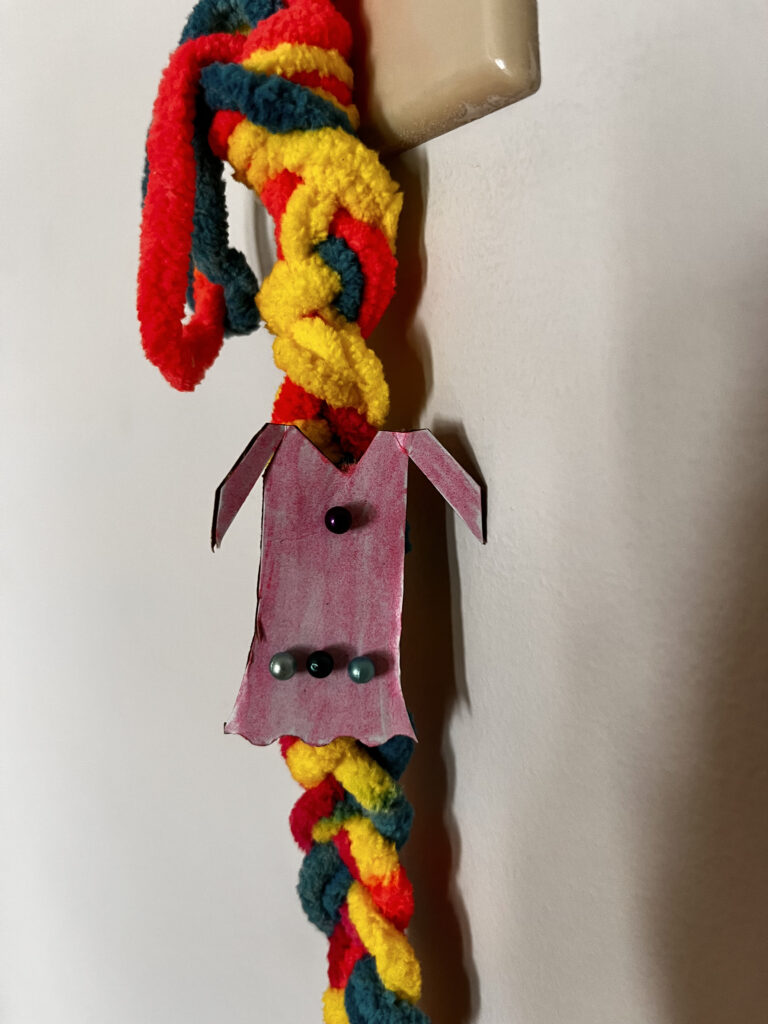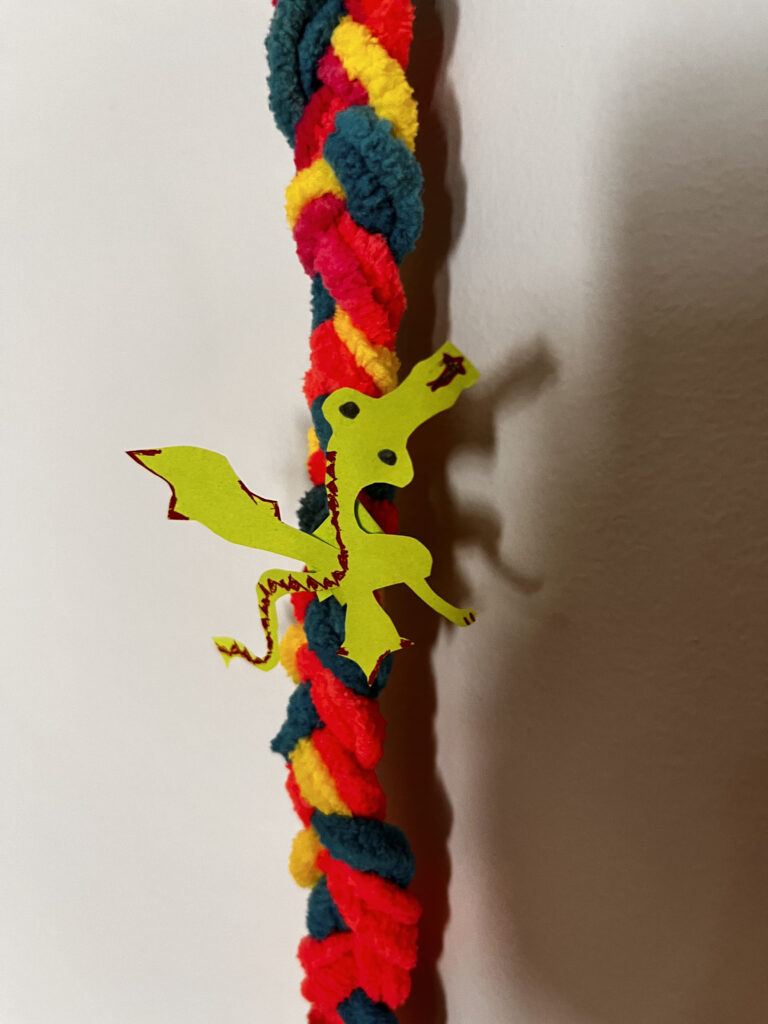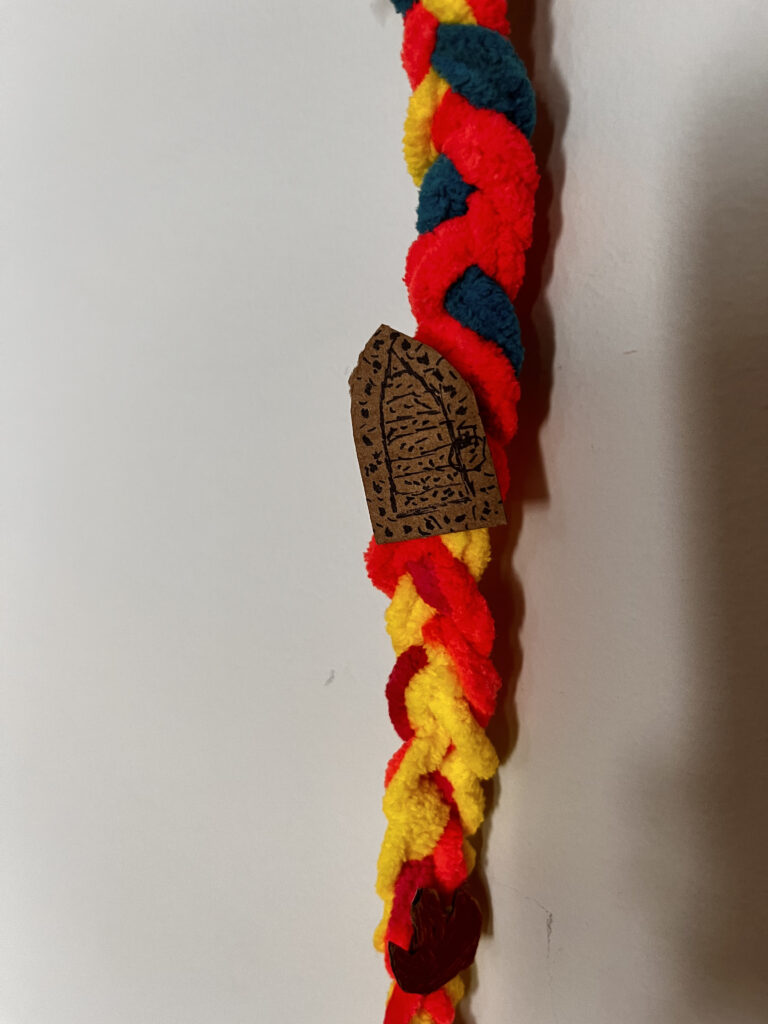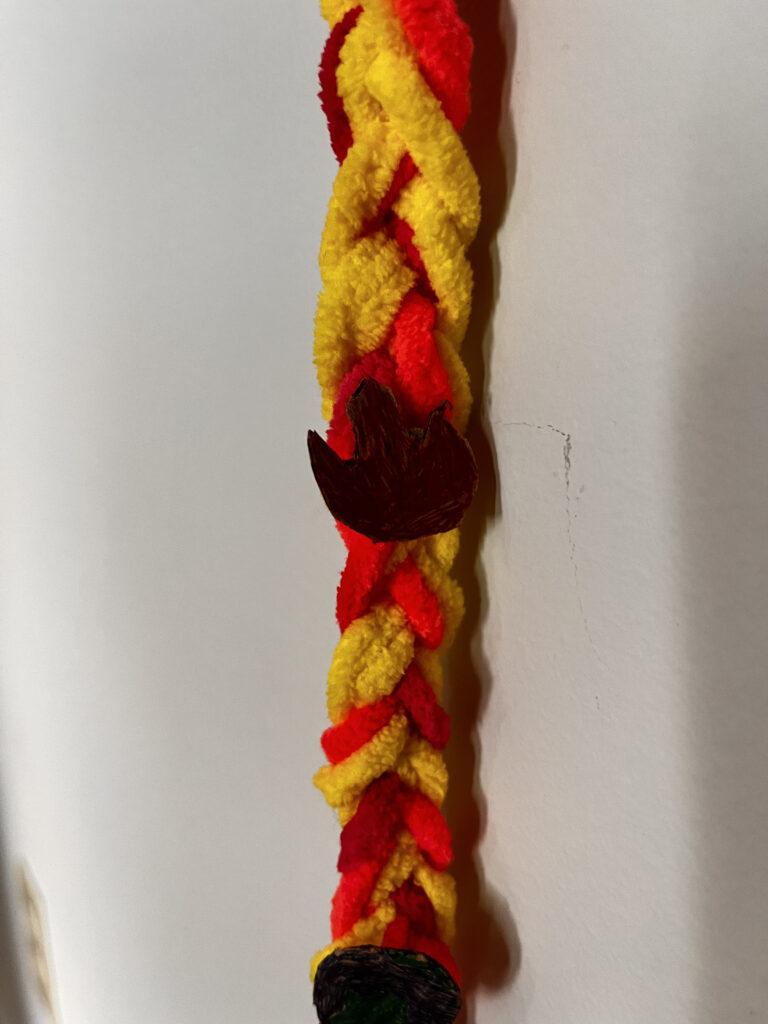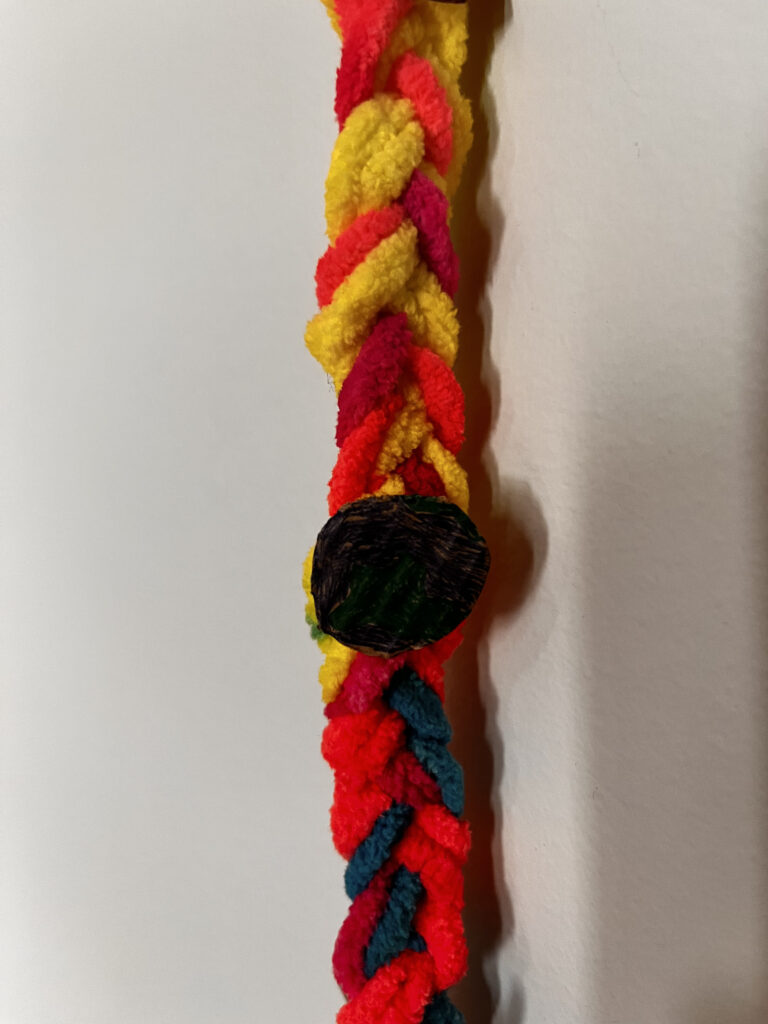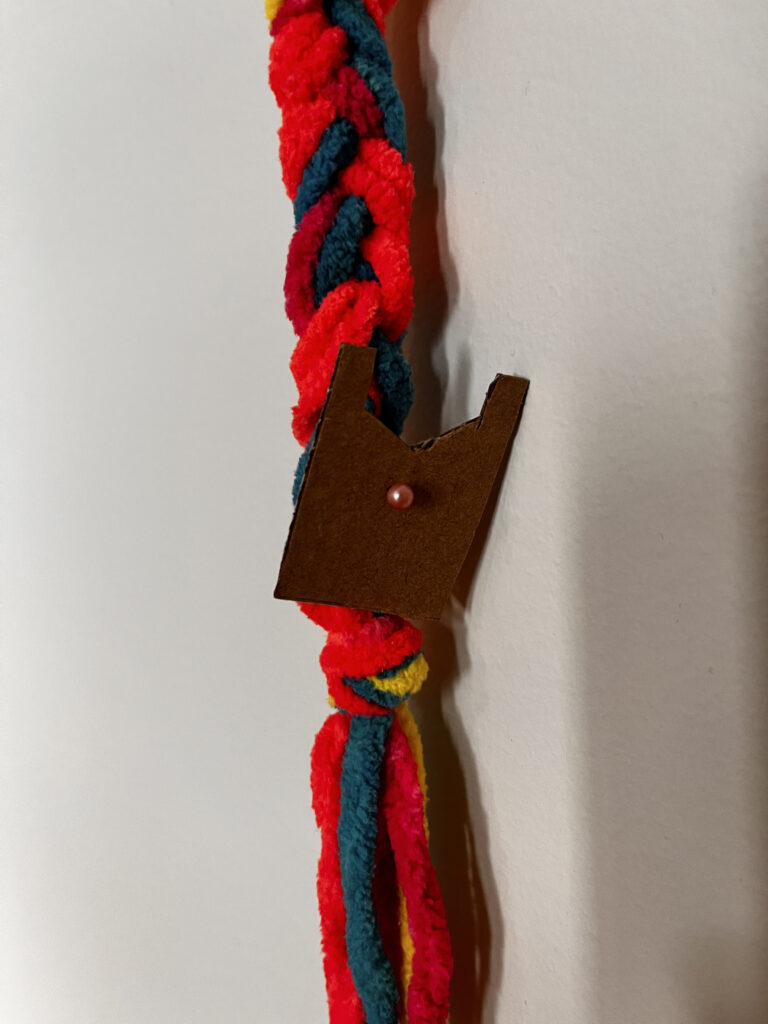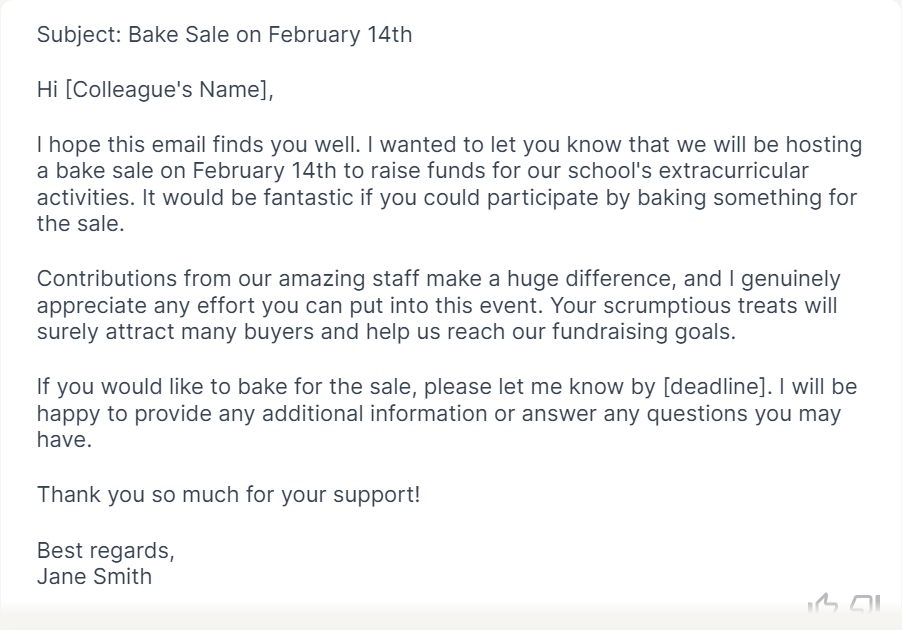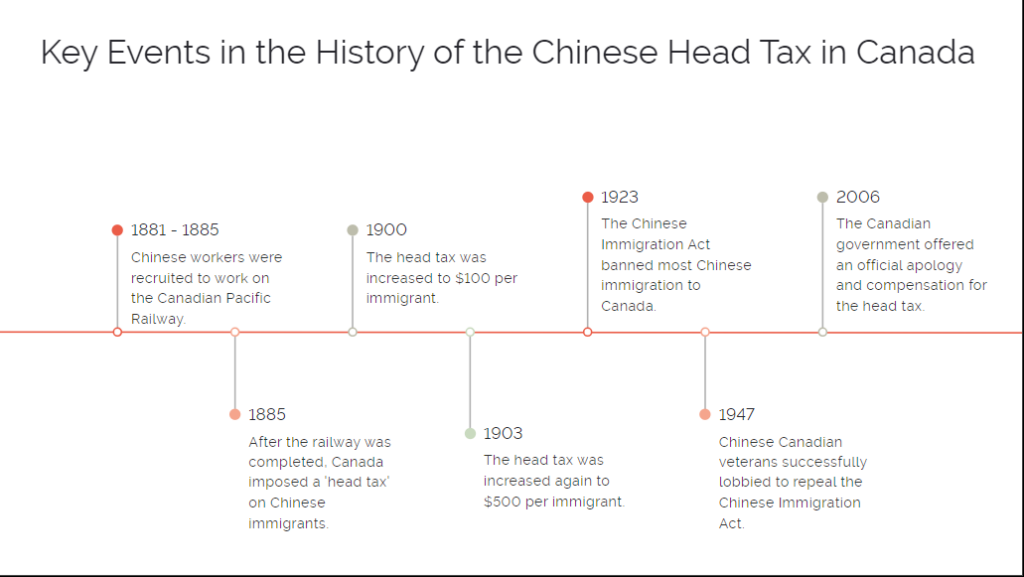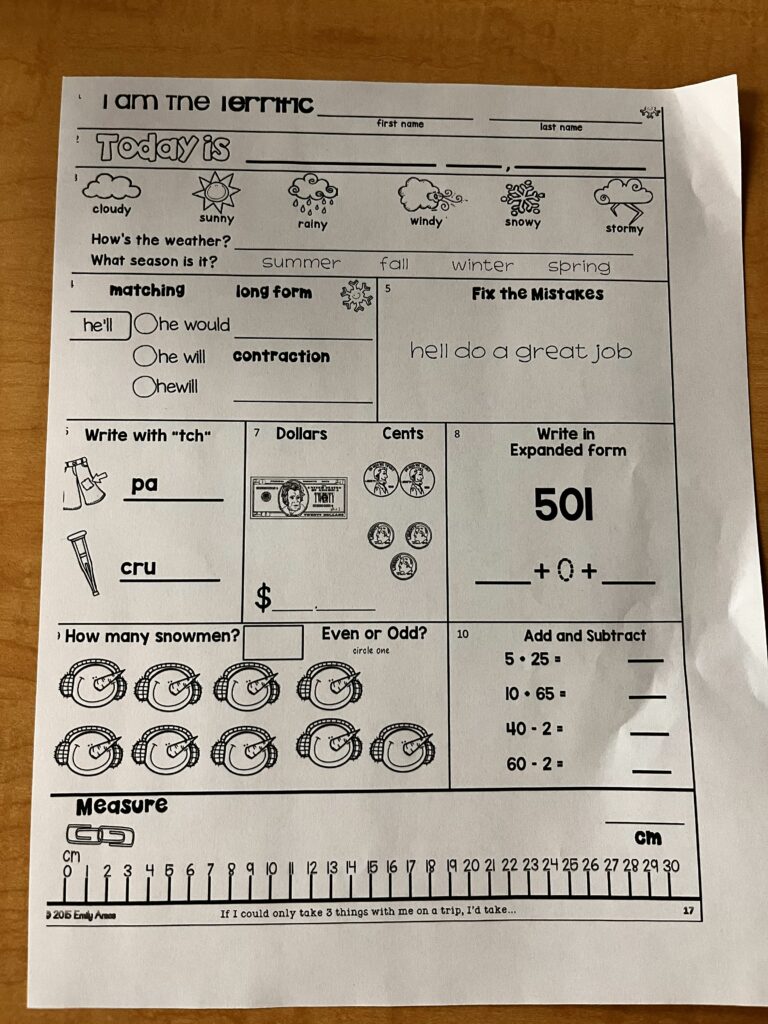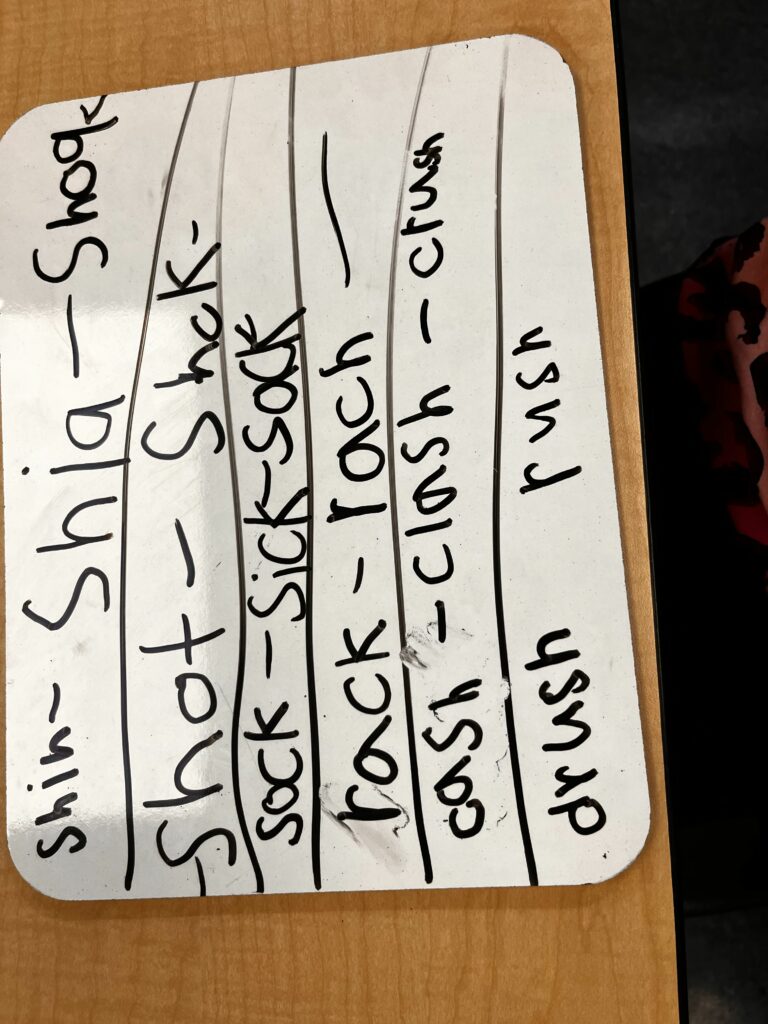Lesson #1/2
For the last three weeks, I have gotten to be part of a grade 2/3 class and have seen three English language arts lessons. In the first two weeks, the lessons were the same, one group of students was reading chapter books independently, while two other groups read shorter stories together. Once the students finished reading they were then to complete a short worksheet that was connected to their books. In the first week I was assigned to check after the novel readers, I went around and asked them to read a page for me and would then ask if they liked the book, why or why not. During the second week, I was with one of the small group reading, together we read the book, and then each student took a turn reading one page. Afterward, the teacher asked the students to grab their whiteboards and began completing a Ufli module. The teacher was very kind to the students and it was obvious the students liked her and listened to her, she had great control over the class and was able to stop misbehavior quickly, even being proactive in stopping the behavior before it started, allowing students to take breaks and short walks.
Big Idea: Stories and other texts help us learn about ourselves, our families, and our communities.
Curriculaur Competencies: Read fluently at grade level
Content: Reading Strategies
Lesson #3
The third lesson we saw was different from this, instead of reading from a book the students practiced and preformed reader theatre. There were three groups all with different stories, each one of us Uvic students took a group and began practicing the play with them. We were able to get through it only once before they presented the play making me stressed out it wasn’t going to work great. Boy was I wrong though, as soon as the students were presenting they were focused and ready to do their best. One member of our group arrived late and didn’t even get to practice, we had to reorganize parts right before the play and even then they still nailed it. By having the students practice their reading and create a short play with it the students were more engaged and excited to share their creativity. This was a great experience as I have not seen this used with a class yet, after seeing it I realized how great of a tool it is to get all the students reading and participating.
Big Idea: Language and story can be a source of creativity and joy
Curriculaur Competencies: Engage actively as listeners, viewers, and readers, as appropriate, to develop understanding of self, identity, and community
Content: Elements of story
